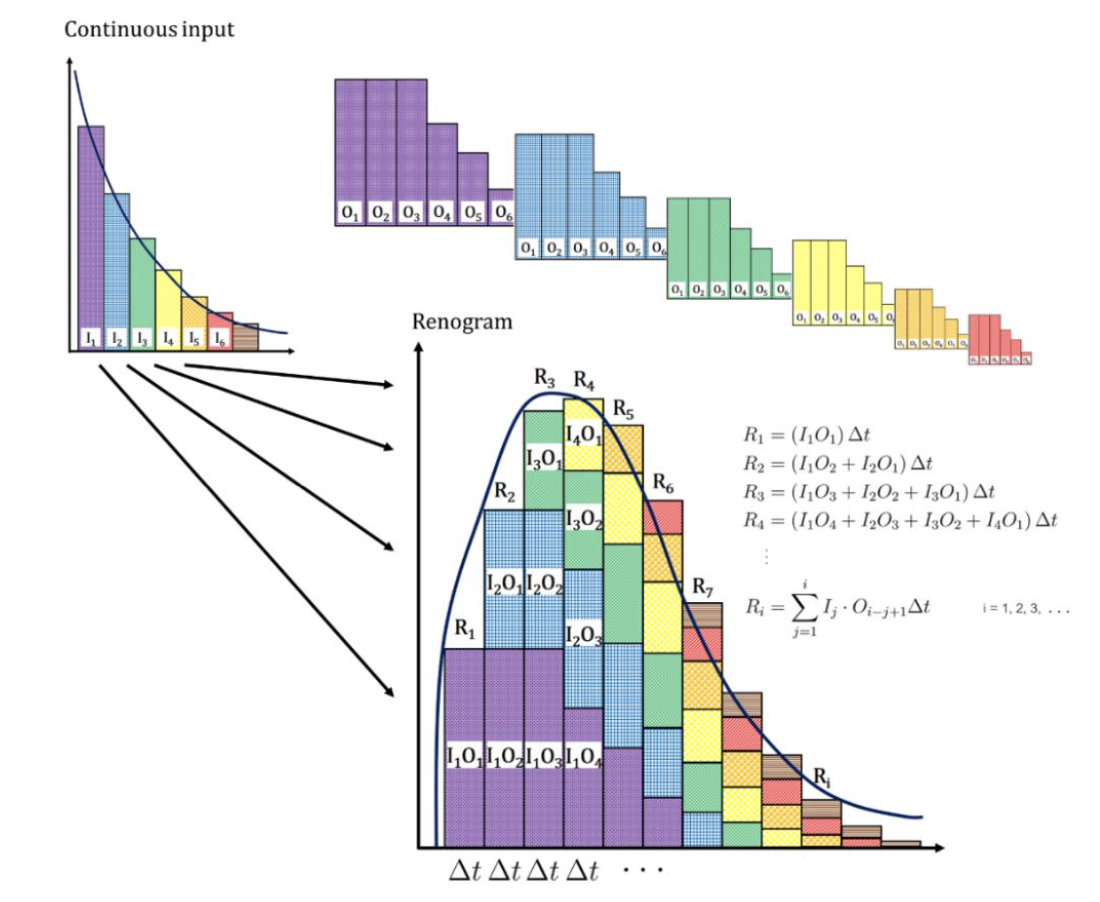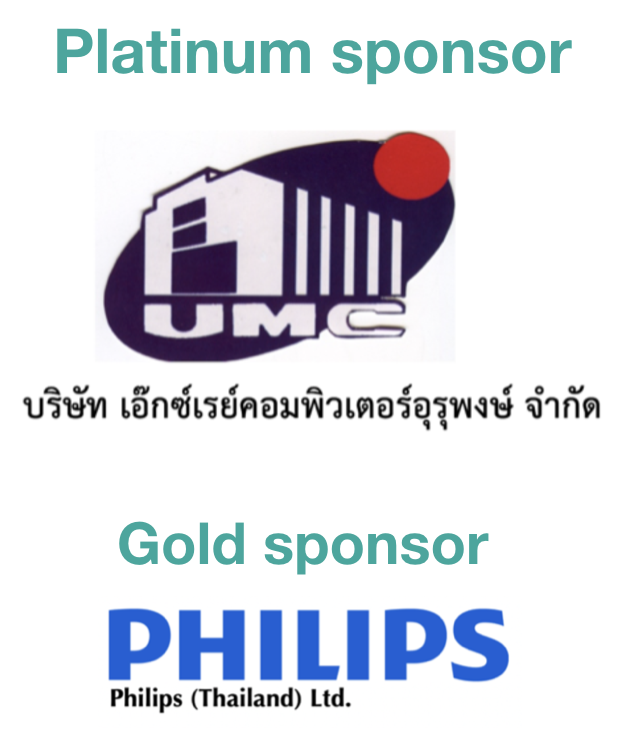Basic calculations for renal function assessment in nuclear medicine techniques
Abstract
In this review article, the authors give basic calculations for renal function assessment in nuclear medicine techniques including evaluation of renal clearance measured by urine and plasma sampling, plasma sampling only, or renal scintigraphy with Patlak-Rutland method and integral method. Furthermore, there are calculations of renal transit time, renal output efficiency and normalized residual activity.
Downloads
References
2. Ong-Ajyooth L, Vareesangthip K, Khonputsa P, Aekplakorn W. Prevalence of chronic kidney disease in Thai adults: a national health survey. BMC Nephrol. 2009;10:35.
3. Bailey D, Humm J, Todd-Pokropek A, Aswegen Av. Nuclear Medicine Physics: A Handbook for Teachers and Students. Endorsed by: American Association of Physicists in Medicine (AAPM), Asia–Oceania Federation of Organizations for Medical Physics (AFOMP), Australasian College of Physical Scientists and Engineers in Medicine (ACPSEM), European Federation of Organisations for Medical Physics (EFOMP), Federation of African Medical Physics Organisations (FAMPO), World Federation of Nuclear Medicine and Biology (WFNMB). 2014.
4. Prigent A, Cosgriff P, Gates GF, Granerus G, Fine EJ, Itoh K, et al. Consensus report on quality control of quantitative measurements of renal function obtained from the renogram: International Consensus Committee from the Scientific Committee of Radionuclides in Nephrourology. Semin Nucl Med. 1999;29(2):146-59.
5. Peters AM. Graphical analysis of dynamic data: the Patlak-Rutland plot. Nucl Med Commun. 1994;15(9):669-72.
6. Gates GF. Split renal function testing using Tc-99m DTPA. A rapid technique for determining differential glomerular filtration. Clinical nuclear medicine. 1983;8(9):400-7.
7. Sontrapornpol T, Chaiwatanarat T, Kawinthammasak C, Kamklon N, Rattanamonrot R. Kidney depth calculation by anterior and posterior renal scintigraphy using attenuation–related techniques. Chulalongkorn Medical Journal. 2017;61(4):425-38.
8. Durand E, Blaufox MD, Britton KE, Carlsen O, Cosgriff P, Fine E, et al. International Scientific Committee of Radionuclides in Nephrourology (ISCORN) consensus on renal transit time measurements. Semin Nucl Med. 2008;38(1):82-102.
9. Fleming JS, Kemp PM. A comparison of deconvolution and the Patlak-Rutland plot in renography analysis. J Nucl Med. 1999;40(9):1503-7.
10. Brown SC, Upsdell SM, O’Reilly PH. The importance of renal function in the interpretation of diuresis renography. Br J Urol. 1992;69(2):121-5.
11. Chaiwatanarat T, Laorpatanaskul S, Poshyachinda M, Boonvisut S, Buachum V, Krisanachinda A, et al. Deconvolution analysis of renal blood flow: evaluation of postrenal transplant complications. J Nucl Med. 1994;35(11):1792-6.
12. P.H. O’Reilly PH, Shields RA, Testa HJ. Nuclear Medicine in Urology And Nephrology. 2nd London: Butterworth & Co.; 1986 13. Lawson RS. Application of mathematical methods in dynamic nuclear medicine studies. Phys Med Biol. 1999;44(4):R57-98.
14. Chaiwatanarat T, Padhy AK, Bomanji JB, Nimmon CC, Sonmezoglu K, Britton KE. Validation of renal output efficiency as an objective quantitative parameter in the evaluation of upper urinary tract obstruction. J Nucl Med. 1993;34(5):845-8.
15. Piepsz A, Tondeur M, Ham H. NORA: a simple and reliable parameter for estimating renal output with or without frusemide challenge. Nucl Med Commun. 2000;21(4):317-23.
16. Piepsz A, Kuyvenhoven JD, Tondeur M, Ham H. Normalized residual activity: usual values and robustness of the method. J Nucl Med. 2002;43(1):33-8.

Downloads
Published
How to Cite
Issue
Section
License
Copyright (c) 2022 The Thai Society of Radiological Technologists

This work is licensed under a Creative Commons Attribution-NonCommercial-NoDerivatives 4.0 International License.
บทความที่ได้รับการตีพิมพ์เป็นลิขสิทธิ์ของสมาคมรังสีเทคนิคแห่งประเทศไทย (The Thai Society of Radiological Technologists)
ข้อความที่ปรากฏในบทความแต่ละเรื่องในวารสารวิชาการเล่มนี้เป็นความคิดเห็นส่วนตัวของผู้เขียนแต่ละท่านไม่เกี่ยวข้องกับสมาคมรังสีเทคนิคแห่งประเทศไทยและบุคคลากรท่านอื่น ๆในสมาคม ฯ แต่อย่างใด ความรับผิดชอบองค์ประกอบทั้งหมดของบทความแต่ละเรื่องเป็นของผู้เขียนแต่ละท่าน หากมีความผิดพลาดใดๆ ผู้เขียนแต่ละท่านจะรับผิดชอบบทความของตนเองแต่ผู้เดียว




